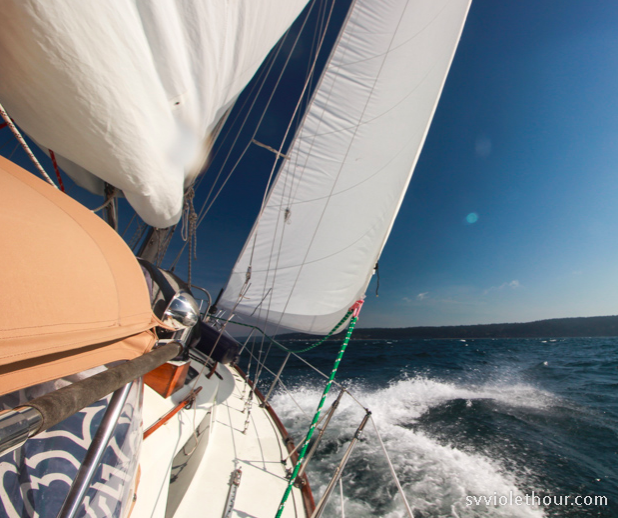We’ve been mostly at anchor for over a month now, and social distancing for over 2 months. Washington State is starting its 3rd month of modified social behaviors (the Stay-At-Home order was mid-to-late March, but we started social distancing as early as March 1). We normally spend 1/3rd of our year living in British Columbia, so to be cut off from friends and beloved locations there has been really hard.
While we’re fortunate overall, the feelings of uncertainty and frustration have been hard, as they are for everyone right now. One thing brought to our awareness is that many people don’t understand the different types of cruising boaters. People tend to assume that all boaters have a home on land, and that when they go cruising they’re traveling away from home and hopping between different marinas each night. To them, being on the water is a vacation, but to us it’s life.
Even amongst the sailing community there’s a lack of awareness of cruising lifestyles and the different constraints faced. So it’s no surprise that government officials making decisions affecting ports / marinas are unaware of these differences as well.

Cruising Models: The Inverted Pyramid
Cruising boats fall into basically three categories, resembling an inverted pyramid. Category A, at the top and by far the largest, is boaters who have a home on land (house or apartment). This category is at least 95% of boaters in the Pacific Northwest and they have a lot more options (they can live in their land home, may have a car, their own laundry machines, a shower with hot water, reliable Internet, etc).
Patrick Davin
Patrick and Natalie sail a C&C Landfall 38 and blog at www.svviolethour.com.






